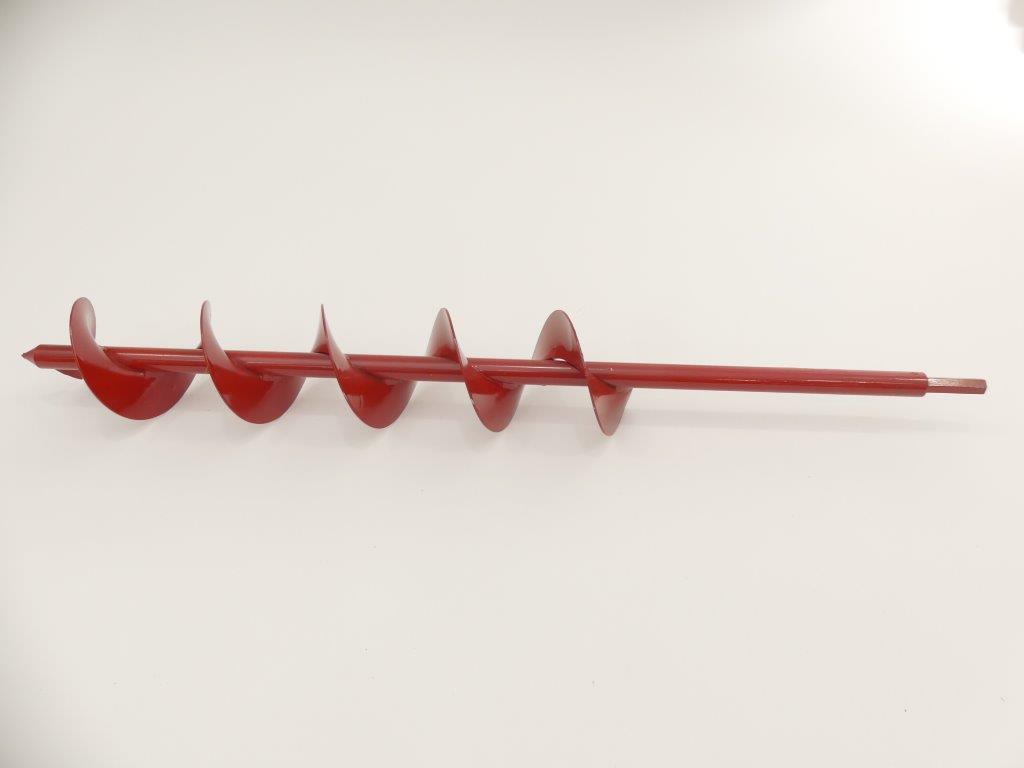How to Get Your Mind Ready for Spring Planting

How to Get Your Mind Ready for Spring Planting
One of the ways gardeners “cope” with winter is to plan for spring! But this is not just an exercise to make you feel better about the cold and the gray weather. Getting ready for spring planting is actually a practical activity that prepares your garden for spring plants. It also makes the growing season go more smoothly when you have a plan and start early. So here are some tips on getting ready for spring planting.
- Prepare Your Tools. Nothing puts a damper on spring planting like not being able to find your tools or finding them rusty and dirty. Get your tools organized and ready and clean them by scraping off dirt and rust. An abrasive pad and oil will help remove rust and restore shine and mobility to tools like clippers. Sources say that storing tools in a bucket of sand soaked with clean motor oil is best for preserving them and keeping them sharp.
If you plan to plant bulbs or seedlings also get a hand auger that can fit to a power drill. It is also the perfect tool for aerating your compost heap. This will make clean neat holes and is available from Tech Team https://techteamproducts.com/ in 2 models both 3” diameter. Their item 777 https://www.amazon.com/Tech-Team-Planter-Seedlings-Planters/dp/B07S385BW7/ref=sr_1_197?keywords=bulb+auger&qid=1568384841&s=gateway&sr=8-197 which is 9” long, and their item 778 https://www.amazon.com/Tech-Team-Planter-Seedlings-Planters/dp/B07S386MWG/ref=sr_1_53?keywords=bulb+auger&qid=1568384749&s=gateway&sr=8-53 which is 24”. Both are excellent high-quality tools.
- Get Out the Seed Catalogues. This is a fun one! Go ahead and order your seeds as you plan what you are going to grow this year. Look over your notes from last year – what grew well? What failed? Are there some plants that would grow better in a sunnier/shadier part of the garden? Order your seeds so that you can begin planting indoors at the right time for those seedlings to be ready for moving outdoors in April or May. Gurney’s, Eden Brothers, and Morgan County Seeds are great sources of quality seed.
- Take Advantage of Warm Days. In many areas, there are warm “moments” even in winter, especially late winter. Whenever you experience one of these brief thaws, get outside and work the soil. This not only helps aerate the soil and assist with decomposition of leaves and such; it also makes the initial turning of the soil in springtime easier. That can be back-breaking work, so spreading it out over a few months and weeks can help a lot. If you are going to add lime or compost (if it’s already “ripe”), you can start now. Just be careful to pay attention to over compacting and damaging the texture of the soil.
- Save Containers. Whenever you use lettuce, strawberries, or other foods that come in a clam shell container, save the container. A lot of them have convenient holes in them for drainage and circulation. Fill these with soil and they make excellent seed-starting containers. Other containers you can save for seed starting are:
* Yogurt cups
* Paper cups
* Egg cartons (these are good for holding cut-up seed potatoes)
Wash them with warm soapy water to remove any pathogens.
- If you haven’t started composting, do so now. Set up some sort of containment system, such as a bit of portable fencing against your house or deck fence, or a garbage can with holes drilled in it. Then add leaves, yard waste, newspaper shred, and kitchen scraps. Stir it periodically and, if you have access to worms, add them into the middle. If it’s very cold, though, composting goes slowly – you can help by putting the compost pile in a sunny location or even starting it in a bin indoors. Do a Hey Siri or Hey Alexa search to discover the multiple benefits of composting.
Now you are all set and only have to wait until the soil reaches the perfect temperature.
